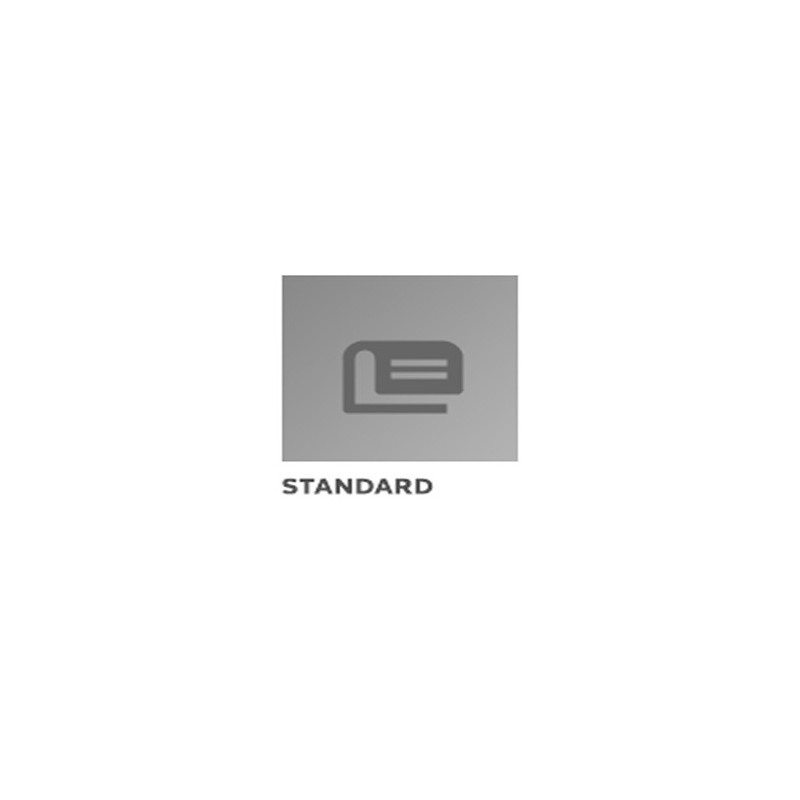Description / Abstract:
This SAE Aerospace Standard (AS) specifies minimum performance
standards for all types of Electronic Displays and Electronic
Display Systems that are intended for use in the flight deck by the
flightcrew in all 14 CFR Part 23, 25, 27, and 29 aircraft. The
requirements and recommendations in this document are intended to
apply to all installed electronic displays and electronic display
systems within the flight deck, regardless of intended function,
criticality, or location within the flight deck, but may also be
used for non-installed electronic displays. This document provides
baseline requirements and recommendations (see section 2.3 for
definitions of "shall" and "should"). This document primarily
addresses hardware requirements, such as electrical, mechanical,
optical, and environmental. It does not address system specific
functions. It does not contain an exhaustive or comprehensive list
of requirements for specific systems or functions, such as TCAS,
ADS-B, GPS, weather, or shared display considerations (e.g., when
should alerts be inhibited on a display system that simultaneously
depicts navigation data integrated with terrain data or traffic
alerting). This document is intended to be used in combination with
other guidance material contained in current system specific, TSOs,
Advisory Circulars (ACs), and other Federal Aviation Administration
(FAA)-approved guidance material.
The requirements and recommendations in this document are
intended to apply to, but are not limited to, the following types
of display functions:
• Primary Flight and Primary Navigation which include vertical
situation, horizontal situation, and moving map displays.
• Systems display and displays that have alerting functions
which may include engine instrument, aircraft systems
information/control, pilot or flightcrew alerting, and
documentation displays.
• Control Displays including communication, navigation and
system control displays.
• Information Displays which may include navigation displays
used for situation awareness only, supplemental data displays, and
maintenance displays.
Electronic Displays can include one or more of the following
interconnected components. Other configurations are possible.
• Symbol Generator/Processor Unit (SG) containing display
processing and symbol generation processing and symbol generation
capability, power supplies, interface logic/buffer circuits and
Display Unit interface capability. The SG receives data from
external sources, produces symbols as electronic signals, and
transmits the symbols to the Display Units(s).
• Control Panel (CP) is an optional component providing the
means for manually selecting display symbology options/modes,
selections, settings, brightness, etc.
• Display Unit (DU) providing the visual display of SG
symbology.
Head Up Displays are out of scope for this document. The minimum
performance standards for Head Up Displays are provided in
AS8055.
NOTE: This document is expected to be used by the FAA as the
basic requirement for a Technical Standard Order (TSO) for
Multipurpose Electronic Displays. While not required, ARP1874 and
ARP4067 give recommended means, but not the only means, of
compliance to this standard for CRT based displays. In addition,
while not required, ARP4256 gives recommended means, but not the
only means, of compliance to this standard for Part 25 LCD
displays. That document is subject to change to keep pace with
experience and technical advances. A similar document for Part 23
aircraft does not exist at this time, however these documents may
be used as the basis for electronic displays intended to be
installed in Part 23, 27, and 29 aircraft, realizing that
additional requirements may also apply.


